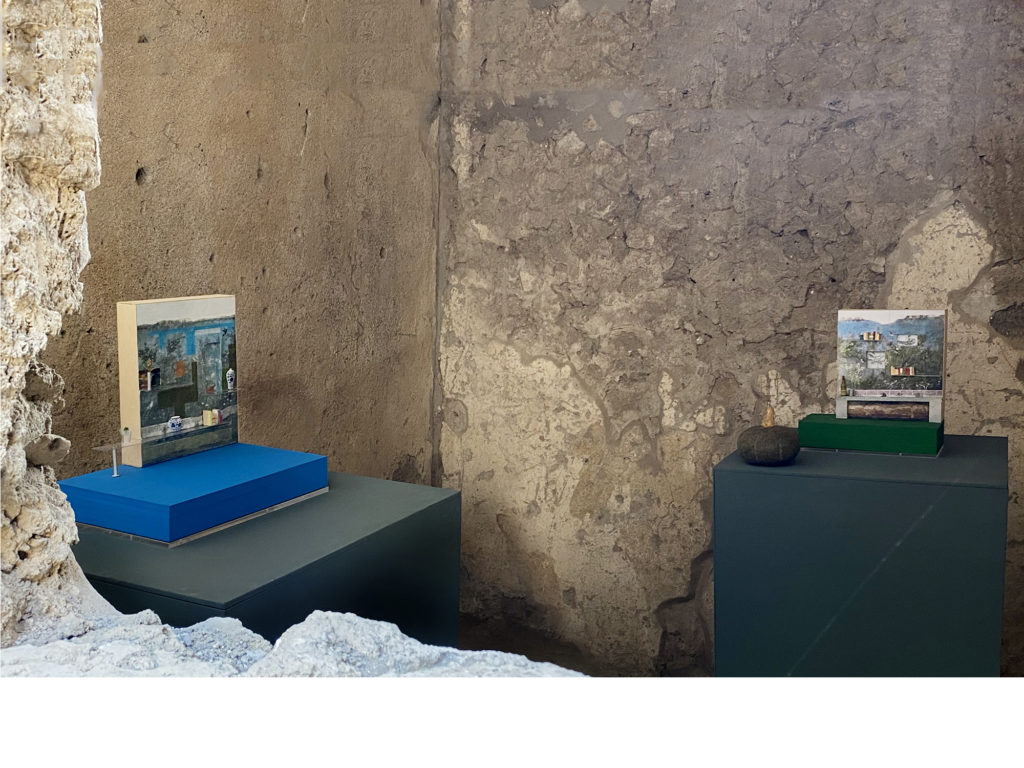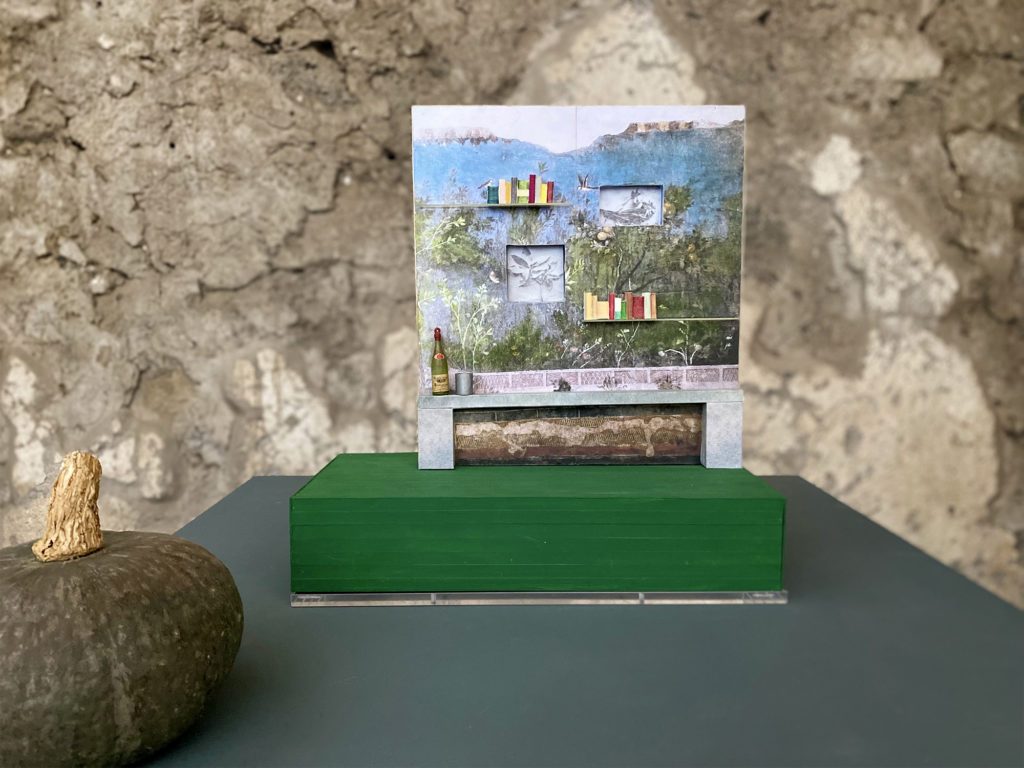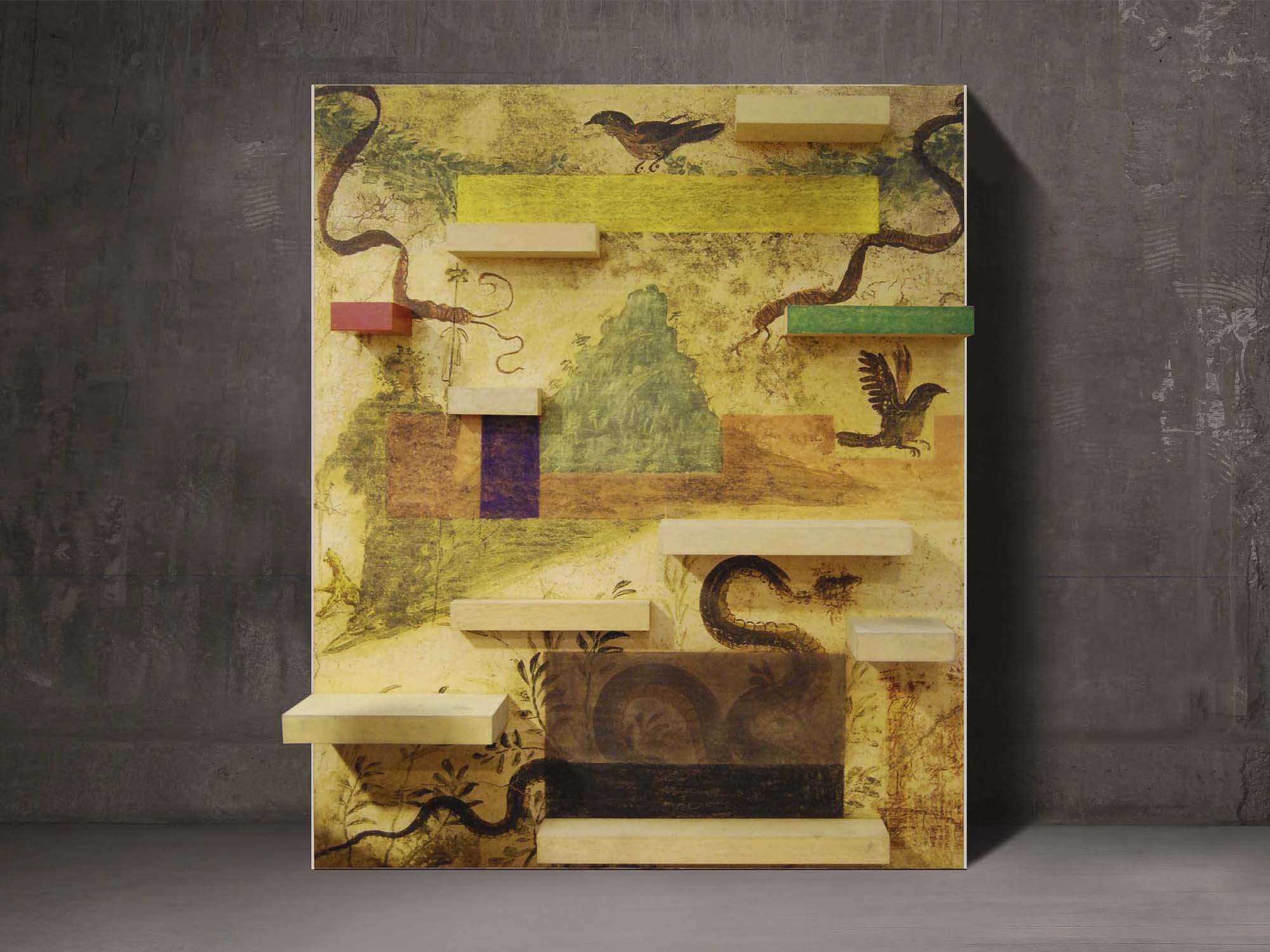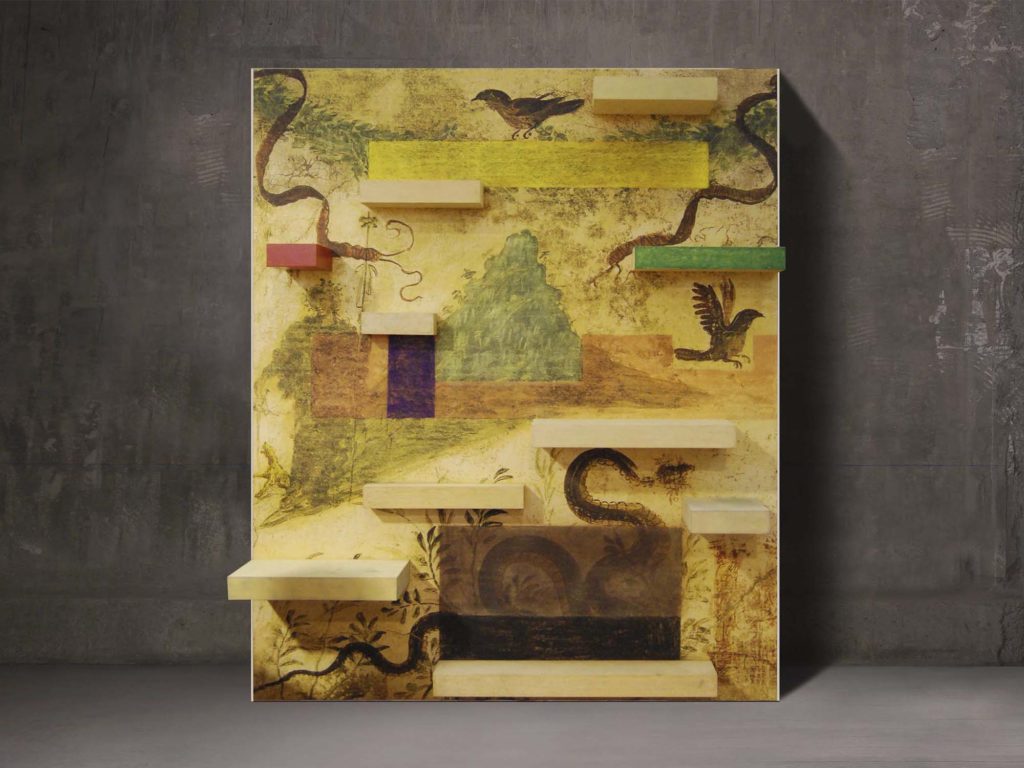The Archaeological Park of Pompeii is pleased to announce the solo exhibition Metropoli Latina by Andrea Branzi, one of the most important figures in Italian design and architecture from the 1960s to today. The exhibition is organized, based on a project by Studio Andrea Branzi, as part of the Pompeii Commitment program. Archaeological materials in collaboration with the Festival del Paesaggio, curated by Gianluca Riccio and Arianna Rosica with Studio Andrea Branzi, and is produced with the support of Friedman Benda, New York.
On Thursday, October 14 at 2.00 pm, on the occasion of the exhibition, the unpublished contribution (Commitment) by Andrea Branzi by Andrea Viliani, Stella Bottai and Laura Mariano will also be published on the portal https://pompeiicommitment.org/commitment/andrea-branzi/#05
Starting from the reflection conducted by Branzi on the “Latin metropolis” and re-imagined by him as a living fabric of domestic and private environments rather than as a theoretical space-time built on the ruins of a monumental past, the exhibition, through a path which intertwines within it different expressive means — a work-panel, architectural models and sound installations, explores the Pompeian domus as a repository of classical and tragic art, revealing the face of a Pompeii that has remained intact in its intimate dimension and, for this reason, its disturbing modernity. Branzi himself writes:
Pompeii as a place of the dead but also of the living, poets, the sea and the volcano, politics and eternal commerce …
Far from Rome and its monuments, Pompeii leaves us silent scars, as deep as stone streets or as light as sheep tracks …
Exposed to the blinding sun and the cool half-light of the houses, where the Gods are confused with slaves and poor art with rich art, masterpieces and free-range hens …
This is the Pompeii that scares us most, because it looks too much like us …
In the villas, the opaque light of the rooms hardly penetrates through the small slabs of alabaster, illuminated by a few oil lamps that allow us to discover the mysterious myths and the faces of the ancient Latins …
In fact, they speak in Latin and recite the poems of Catullus.
The rooms of the external Casa del Triclinium, which host the entire exhibition itinerary, emerge through the presence of Branzi’s works and interventions as the scenario of suspended and inscrutable narratives and dreamlike landscapes: fragments of a world to our eyes and ours ears as unexpected and fascinating. Five maquettes from the Latin Metropolis series (2018), accompanied by the presence of a work-panel – Wall 6, specially created for the exhibition – articulate the exhibition itinerary in the interior spaces of the Casa, highlighting, with their mute presence shrouded by the penumbra of the environments, the connection between the culturally higher sphere of the Pompeian domus, linked to the cult of the Gods, with the rustic nature of the Latin domestic habitat.
To accompany the visitors’ path, an unprecedented sound installation is also produced on the occasion of the exhibition, which emerges from the rooms of the Casa del Triclinio, reproducing the sound of a voice (that of the actor Alessandro Preziosi) that recites a selection of passages taken from Catullus’ Carmi, while in the garden of the Casa, sounds related to the rural and peasant world are reproduced. The internal and external spaces of the Casa, marked by the presence of a large vineyard as well as the past and the present of the ancient domus relive in a mutual spatial connection and temporal interpenetration, in a multi-sensorial and multi-species involvement that, activating, they impregnate themselves and take almost by surprise the very daily life of the archaeological area.













